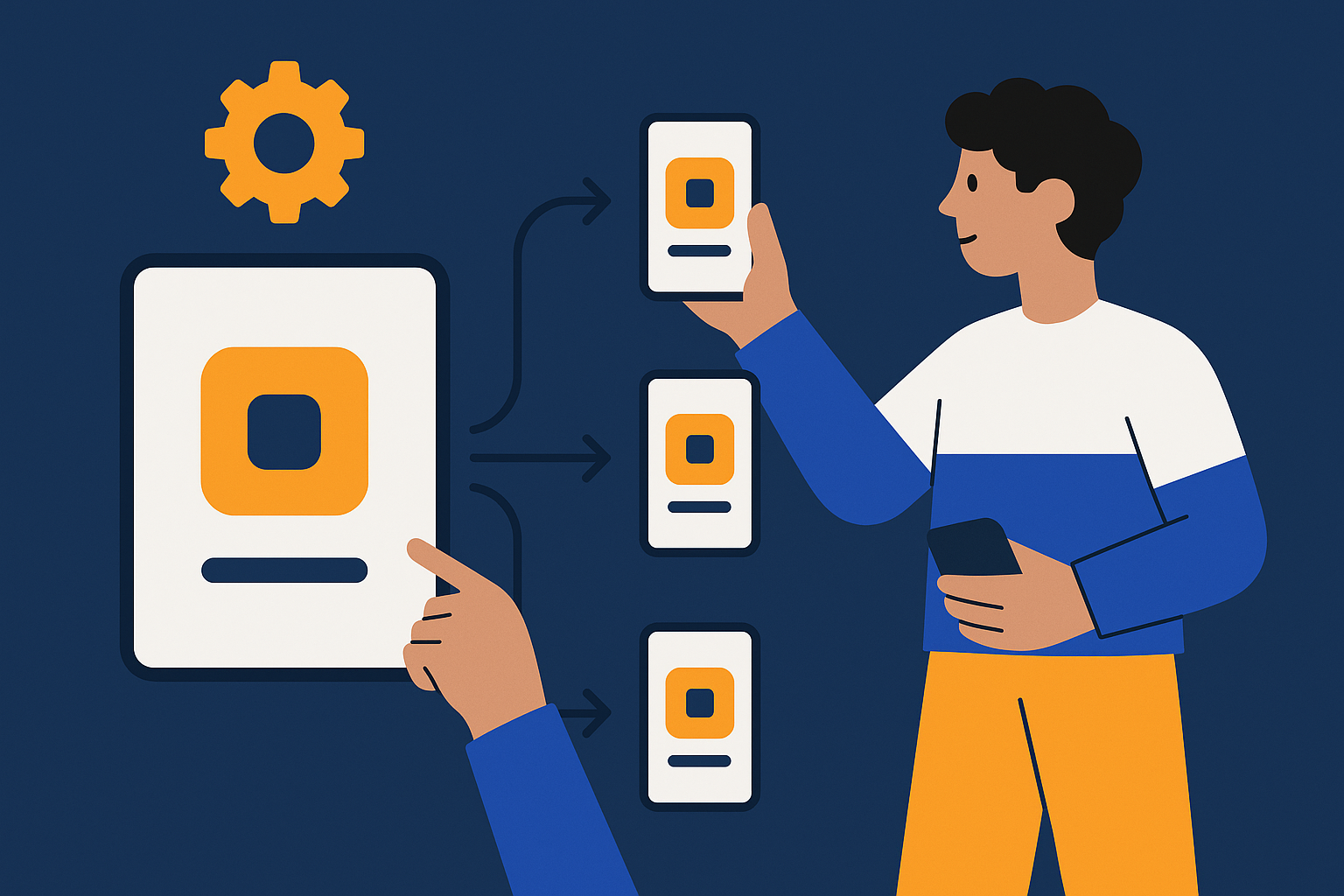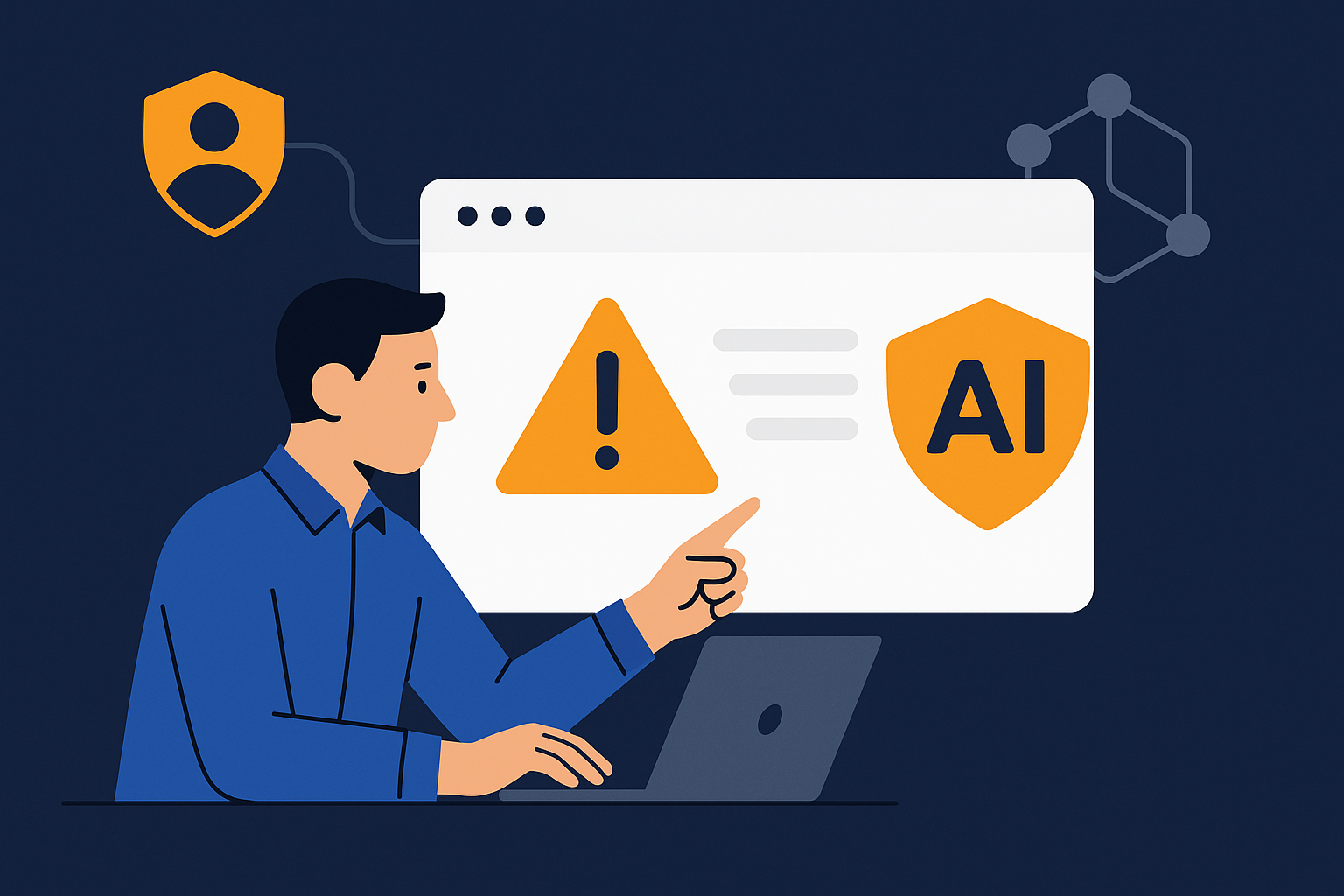Introduction
Reliability is no longer a back‑office concern—it’s a revenue strategy. When an enterprise application or mobile app is slow or unavailable, conversions drop, carts are abandoned, and support costs climb. Yet many leadership teams still treat uptime as an afterthought until the next incident review. There’s a better operating model: set measurable Service Level Objectives (SLOs), manage change with error budgets, and align engineering focus to business outcomes.
This article distills a practical, tool‑agnostic playbook we use with product leaders to connect SLOs to roadmap priorities, incident response, and growth. It’s written for executives, product managers, startup founders, and marketing directors who need concrete steps—not just theory—to ensure their digital product scales without sacrificing speed or stability.
If you’re evaluating a custom web app development agency, selecting MVP development services, or planning enterprise application development, use the guidance below as a due‑diligence checklist. It will help you ask the right questions, design the right metrics, and invest in reliability where it directly impacts ROI.
Event/Performer Details

- Audience: CTOs/CPOs, Heads of Product, Engineering Directors, SRE/Platform leads, and PMs responsible for web applications, platforms, or mobile apps.
- Scope: Define SLIs (what you measure), set SLOs (targets), attach error budgets (risk tolerance), and operationalize release and incident policies.
- Duration: A focused 3‑week engagement to get to first SLOs; 90 days to institutionalize across teams.
- Outcomes:
- A prioritized list of critical user journeys mapped to SLIs.
- Baseline SLOs with tiered reliability by business impact.
- Error‑budget policy that governs release velocity.
- Incident roles, runbooks, and executive communication templates.
- Dashboards and governance cadence to sustain the system.
Why You Shouldn’t Miss It
- Aligns reliability with revenue, churn, and brand equity.
- Prevents “feature treadmill” by making quality a visible, managed constraint.
- Reduces incident frequency and duration with clear on‑call and runbooks.
- Informs roadmap trade‑offs using error budgets instead of opinions.
- Strengthens vendor and platform decisions for enterprise application development.
- Creates shared language for product, design, engineering, and marketing.
Practical Information

The fundamentals: SLIs, SLOs, SLAs—what matters to product leaders
- Service Level Indicator (SLI): The metric that represents user experience for a specific journey. Examples:
- Web: request success rate, p95 latency, Core Web Vitals, checkout success.
- Mobile: crash‑free sessions, p95 cold start, background sync success.
- Platform/API: availability, p95/p99 latency, error rate by endpoint.



